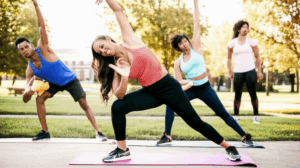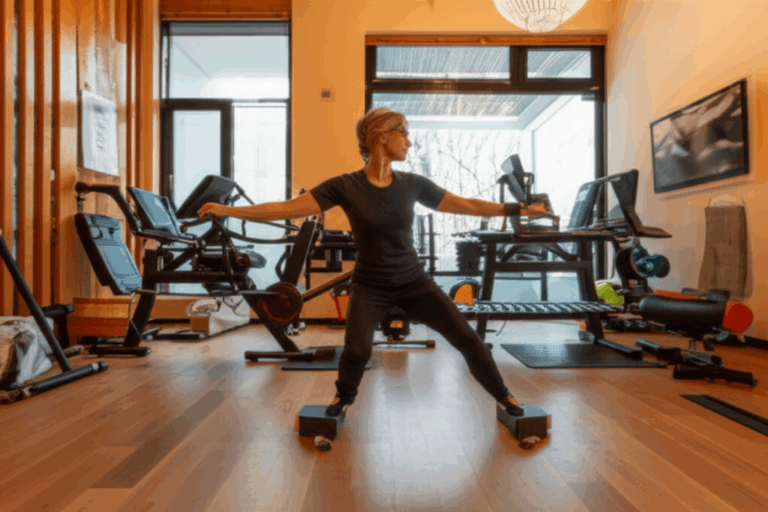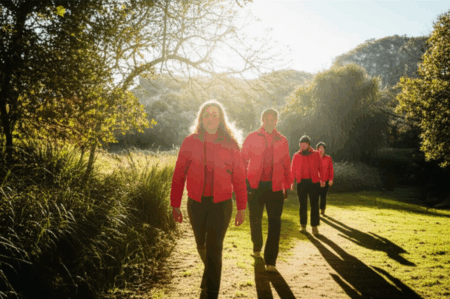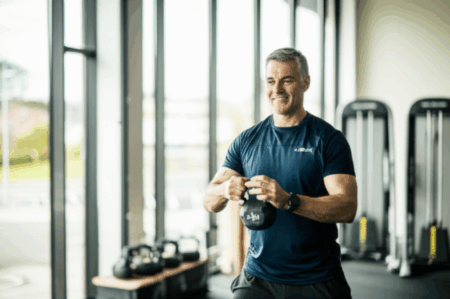As the years accumulate, the pursuit of maintaining physical prowess often feels like an uphill battle. Yet, a growing chorus of fitness experts and inspiring older adults are redefining what’s possible, proving that age is merely a number when it comes to strength and mobility. Leading this charge is 71-year-old personal trainer Nate Wilkins, who champions a simple, 20-minute workout routine as the cornerstone of his enduring vitality. His philosophy underscores a powerful truth: consistent, smart effort, not endless hours, is the key to an active and independent life, especially for older adults.
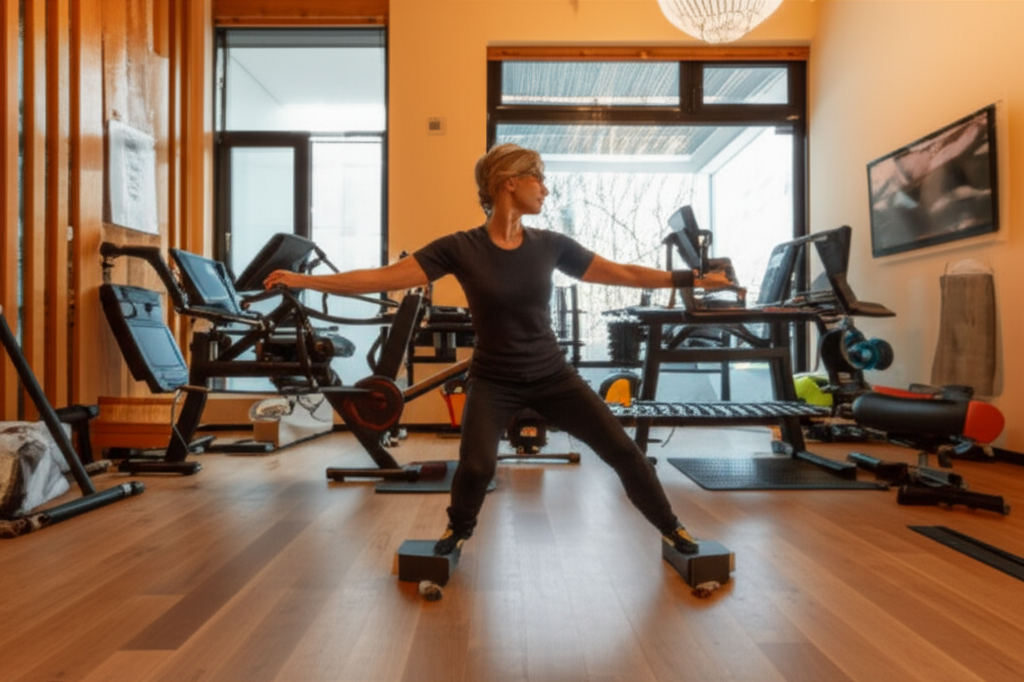
The Ageless Approach: Why 20 Minutes Is Enough
Wilkins, a former U.S. Navy veteran, embarked on his fitness journey after a significant health scare in his 50s prompted him to lose 50 pounds and completely re-evaluate his lifestyle. This personal transformation led him to become a certified fitness and wellness coach, specializing in training older adults, including those managing chronic conditions. His “AgelessWorkout Method” is rooted in the belief that sustainable fitness is adaptable to individual needs, whether you’re 40 or 70.
The effectiveness of shorter, targeted workouts for seniors is well-supported. As we age, maintaining muscle mass, bone density, and joint flexibility becomes crucial for everyday tasks and preventing falls. Regular, moderate-intensity exercise, even in brief bursts, can significantly slow down age-related declines in muscle and balance, improve cardiovascular health, and boost mental well-being. Wilkins’ 20-minute regimen prioritizes functional movements that directly translate to enhanced quality of life, allowing individuals to carry groceries, climb stairs, or simply enjoy a long walk without feeling fatigued.
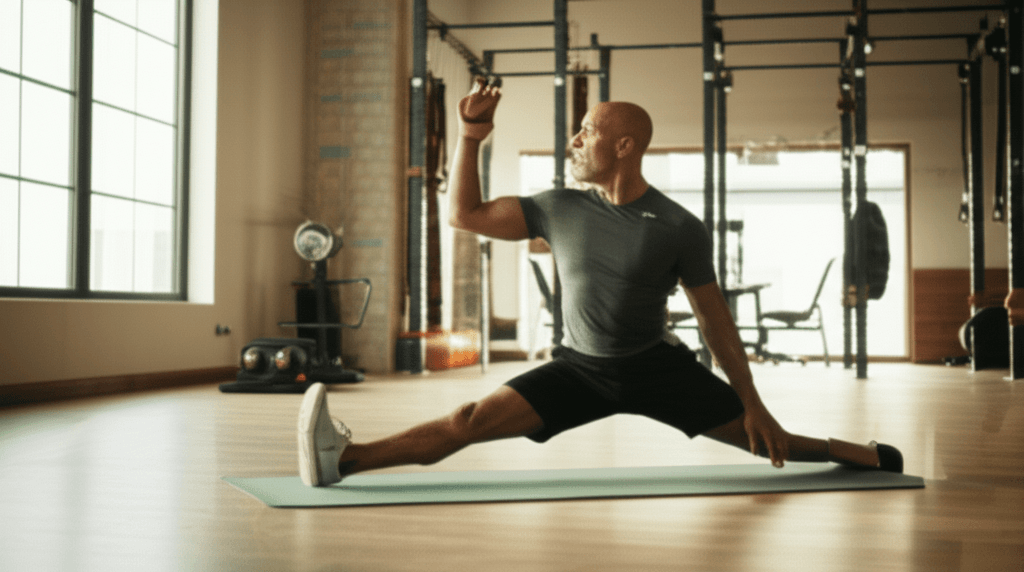
Nate Wilkins’ 20-Minute Strength & Mobility Circuit
Nate Wilkins’ favored routine emphasizes bodyweight exercises, making it accessible with minimal to no equipment. He stresses the importance of a dynamic warm-up to prepare the body and a cool-down to aid recovery.
Dynamic Warm-up
Before diving into the main circuit, a brief warm-up is essential to increase blood flow, activate muscles, and prevent injury.
- Marching or High Knees: Elevate your heart rate with 1-2 minutes of marching in place or gentle high knees.
- Shoulder Rolls: Roll your shoulders backward and forward to release tension and improve shoulder mobility.
Core Strength and Balance Circuit
This circuit focuses on compound movements that engage multiple muscle groups, fostering overall strength, stability, and coordination. Each exercise can be performed with just bodyweight, but resistance bands or light dumbbells can be added for increased challenge.
- Bodyweight Squats (10-15 repetitions): Squats are fundamental for strengthening the legs and glutes, crucial for movements like standing up from a chair. If a full squat is challenging, focus on partial squats or chair squats, ensuring your knees track over your toes.
- Wall Push-ups (10-15 repetitions): This modified push-up engages the chest, arms, and core muscles effectively while being gentle on the joints.
- Hip Hinges (10-15 repetitions): Essential for lower-back health and glute strength, hip hinges involve bending forward at the hips while maintaining a straight, neutral spine.
- Standing Knee Lifts (30 seconds per leg): This exercise significantly improves balance and coordination. Lift one knee to your chest, holding it with your hand, and balance for 30 seconds before switching legs. Holding onto a sturdy surface for support is encouraged if needed.
- Step-Backs or Modified Lunges (8-10 repetitions per leg): These movements build stability and leg strength. Take a step back with one foot, bending both knees, ensuring the front knee stays over the ankle.
Cool-down
Concluding your workout with a cool-down helps bring your heart rate down and improves flexibility.
- Gentle Stretching: Perform gentle stretches for major muscle groups, focusing on areas like hips, hamstrings, and shoulders, holding each stretch for 15-30 seconds.
- Mindful Breathing: Take slow, deep breaths to relax your body and regulate your heart rate.
Wilkins typically completes this routine in 15-20 minutes, adjusting the number of rounds (one to three) based on how his body feels. His core message is consistency and listening to your body’s signals.
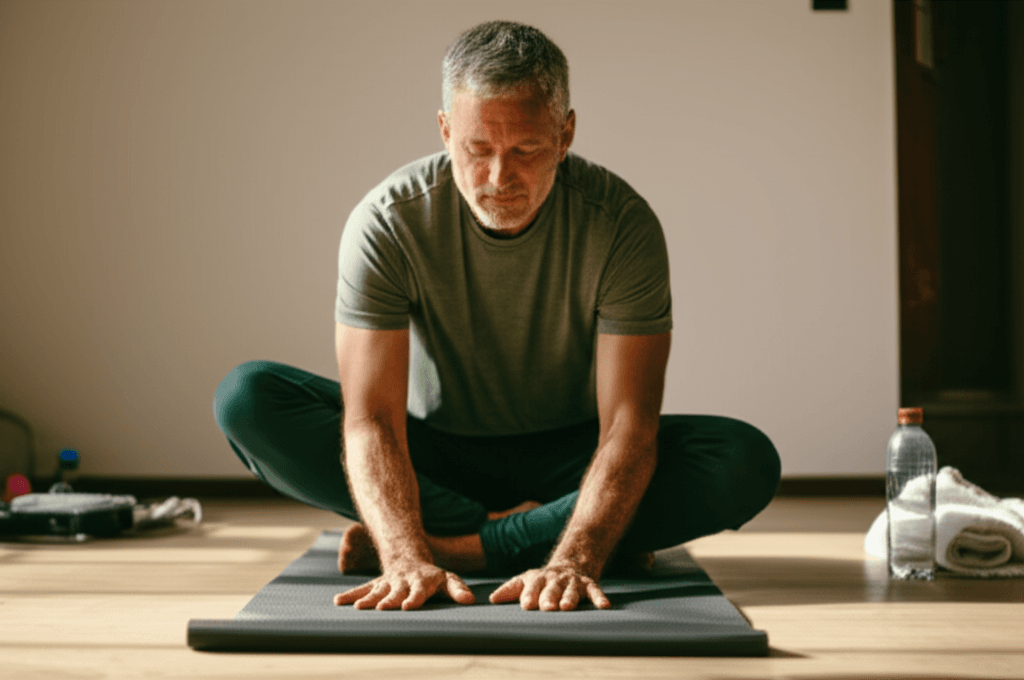
Beyond the Workout: Consistency and Mindset
Nate Wilkins’ success isn’t just about the exercises; it’s about his holistic philosophy. He emphasizes that this workout is an investment in long-term health, building the strength, balance, and flexibility needed for decades to come. This mindset of sustainable fitness, rather than seeking quick fixes, is what truly yields results.
Consistency is paramount. Even small, regular movements contribute significantly to maintaining physical function and reducing pain risks as you age. For older adults, inactivity can worsen stiffness, weakness, and balance issues, creating a detrimental cycle.
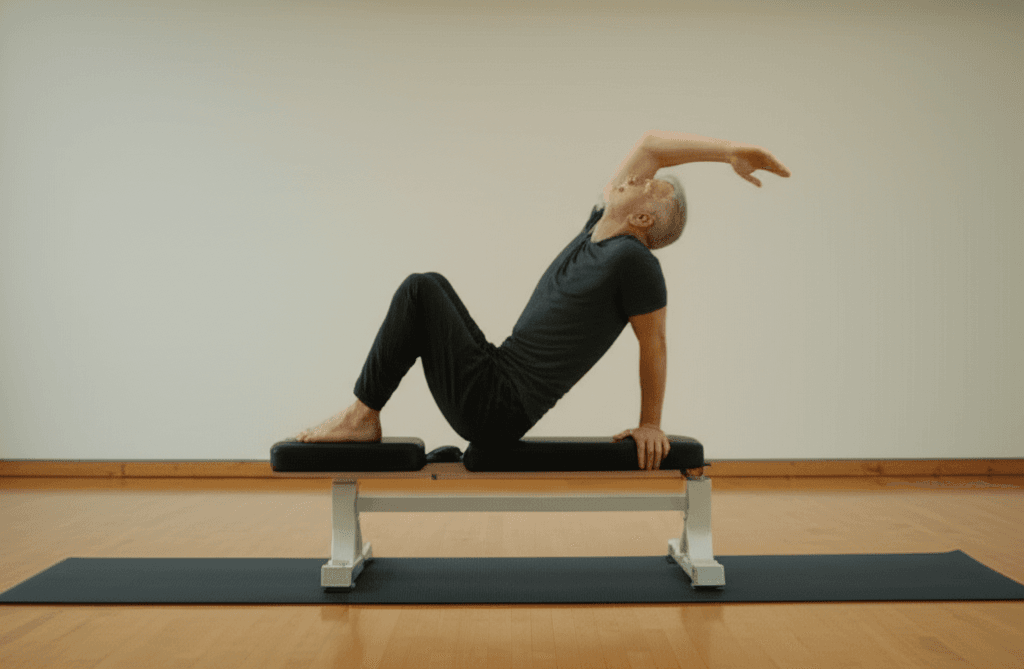
Maximizing Your Longevity: Additional Tips for Older Adults
While Nate Wilkins’ 20-minute workout offers an excellent foundation, integrating other elements can further enhance longevity and overall well-being:
- Diverse Exercise Regimen: Combine strength training with cardiovascular exercise (like brisk walking, swimming, or cycling) and stretching for a well-rounded approach. Aim for at least 150 minutes of moderate-intensity aerobic exercise per week.
- Proper Form Over Intensity: Especially for seniors and beginners, focusing on correct form is more important than lifting heavy weights or pushing for high intensity. A personal trainer can provide invaluable guidance to ensure exercises are performed safely and effectively.
- Listen to Your Body: It’s normal to feel your muscles working, but pain is a signal to stop and reassess. Modifications are always an option, and it’s crucial to work within your ability.
- Stay Hydrated and Nourished: A diet rich in protein and fiber supports muscle repair, metabolism, and overall health, which are particularly important as we age.
- Prioritize Balance Training: Balance naturally declines with age. Incorporating exercises like single-leg stands can significantly reduce the risk of falls.
- Consult a Healthcare Provider: Before starting any new exercise program, especially for those with existing health conditions, it’s always wise to consult with a healthcare professional.
Nate Wilkins, at 71, is a testament to the power of consistent, smart exercise. His 20-minute workout isn’t just a routine; it’s a blueprint for embracing an ageless approach to fitness, proving that strength, mobility, and independence can be sustained and even improved well into our golden years.



